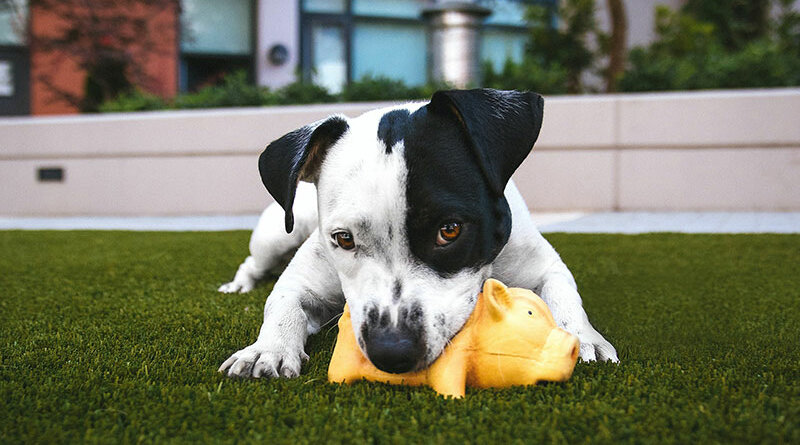Enthusiasm for Owners Reduces Ability for Dogs to Communicate Accurately
What is your dog trying to tell you, and are you getting in her way? In recent years, communication dogs direct at their people has been a topic of increasing interest to both scientists and dog lovers, perhaps because increasingly, dogs are viewed as our partners. Among the most popular questions is, “Can dogs show their people where a hidden treasure is?” In most studies, people are considered to be passive receivers of the information.
A new study, “Effect of shared information and owner behavior on showing in dogs (Canis familiaris),” looked specifically at how people influence their dogs’ efforts and accuracy in indicating where a toy has been hidden. Thirty dog-and-owner pairs participated. In the set-up, the dog is in the room without the owner when a favorite toy is put in one of four boxes. The owner then comes in and must determine where the toy is, based on the dog’s behavior. Both the dog and the person’s behavior are subjects of the study. Each dog-and-owner pair was tested in two contexts: one with the four boxes widely separated, the other with the boxes close to one another, a more challenging configuration.
The dogs used what is called “showing behavior” to indicate the location of the toy to their owner. Showing behavior has two components: directional and attention-getting. Showing behavior can, for example, consist of the dog barking while looking quickly between the box containing the toy and the owner.
Read More: 7 Games Your Dog Can Learn From
GET THE BARK IN YOUR INBOX!
Sign up for our newsletter and stay in the know.
Each trial consisted of two opportunities for the owner to choose the correct box. In the first, owners were asked to remain seated; they watched their dogs rather than interacted with them. In the second, the owners were free to move around, talk and actively participate in the communication. Many said things like, “Where’s your toy?” or walked up to a box and said, “Is it in here?” The owners also said their dog’s name, sweet-talked in a high-pitched voice and looked at their dog.
Those conditions—which, for dogs, are very different experiences—also represent completely different communication scenarios. The researchers wanted to compare them to find out how they affected the owners’ likelihood of identifying the correct box.
Overall, dogs were able to communicate to their owners which box contained their toy, having more success when the boxes were farther apart. However, they were not as successful when their owners were encouraging them. The researchers speculated that some dogs had a tendency to abandon their first, and often correct, choice if their owner gave them cues about another choice. For example, frequently, dogs would stand near a particular box if the owner was pointing at that box and saying, “Is it here?” It was particularly common for owners to hinder dogs’ correct showing behavior when the boxes were far apart, though they also increased their dogs’ effort at showing in that context.
This study indicates that owners affect their dogs’ accuracy at showing, but not in a good way. Dogs can successfully show their owners where a toy is hidden, but human encouragement lowered the success rates while making the dogs more energetic. In other words, when people communicated with their dogs during the trials, their dogs were more enthusiastic in their attempts to communicate the location of the toy, but were less accurate in doing so.





anthem over the counter catalogue https://over-the-counter-drug.com/
best hemorrhoid treatment over the counter
[url=http://levaquin.best/]levaquin 759 mg[/url]
darknet site dark market
dark web search engine deep web drug links
celebrex prescription canada